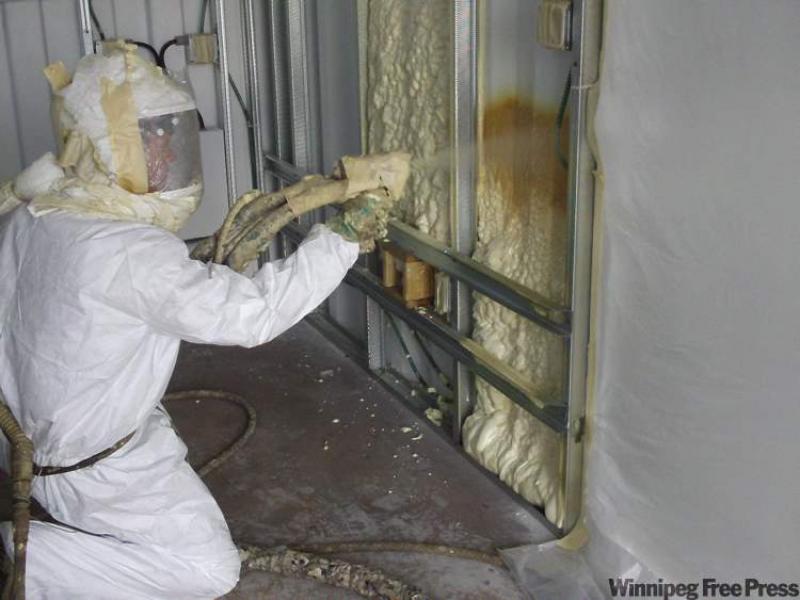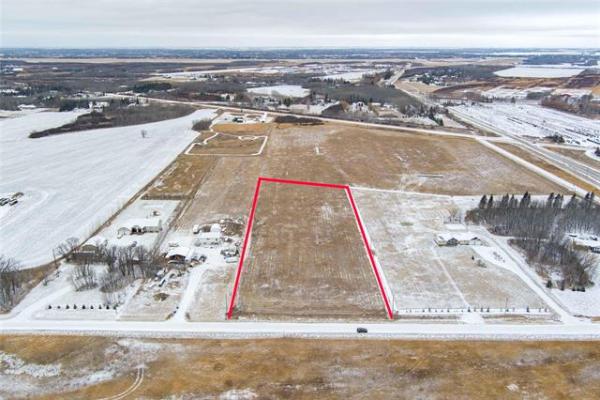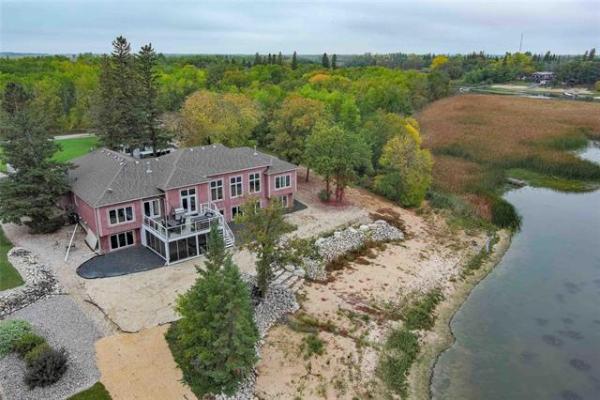QUESTION: I came across your great website and articles while doing some research on the Internet. My house is a four-level split built in 1980. Currently, it has cedar-wood siding, which I will be replacing with stucco. I plan to install stucco wire, regular scratch coat and acrylic finish. Can you kindly suggest methods by which I can increase the insulation without spending tons of money?
Ravindar Kumar, Calgary
ANSWER: Replacing older, deteriorated wood siding may provide the ideal opportunity to upgrade the insulation in your exterior walls, as you desire. There may be several options, but you must take care to prevent trapping moisture in the wall cavity when doing improvements for energy efficiency.
The technology likely used to build your eighties home is typically fibreglass batt insulation installed in between the two by four walls with a four or six mil poly air/vapour barrier installed behind a drywall interior finish. This will normally provide a slightly higher insulation value than R12, which is fair, but not as high as today's standard above R20.
If you had a progressive builder or a custom-built home, there is a chance that you have two by six exterior walls. In that situation, additional insulation may not be critical if everything was done properly. For our purposes, I will assume that you have typical R12 insulation in the walls of your home.
The reason that now is a good time to add insulation is not only that you may be able to improve this situation from the exterior, but also that you will be exposing the exterior sheathing. That should allow you to access the wall cavities and upgrade the quality of insulation and air sealing if you desire.
When your older, deteriorated wood siding is removed, you will expose the building paper or housewrap installed on the outside of the wall sheathing. Depending on the condition of the paper and the plywood, chipboard or KB sheathing behind you can decide which way to approach the new insulation. If the paper is disintegrated or badly damaged, there is a good chance that some of your wall sheathing is also moisture damaged and will have to be replaced. In that situation, removal of much of the 30-year-old sheathing will allow access to all the wall cavities for major insulation upgrades.
The benefit in exposing the wall cavities is that it will allow you to remove the older batt insulation and replace it with higher-density insulation that will not require building out all the exterior trim on your doors and windows to accommodate the additional thickness. If this is the route you go, installation of 3-1/2 inches of extruded polystyrene insulation will give you an R value of almost 20 without adding any thickness to the existing walls.
Alternatively, blowing the cavities full with high-density polyurethane insulation may improve that R value above 20 and will give you a superior air/vapour seal, preventing any chance of moisture intrusion from the home. Either of these methods may be fairly pricey, due to the higher cost of the insulation, and may be beyond your budget.
A less-expensive way to improve the energy efficiency of your walls is to add more insulation to the outside of the building envelope. This can be done by again removing the exterior sheathing and building out the wall studs by two inches to allow installation of more batt insulation. Alternatively, the sheathing could be left in place, if not damaged, and insulation added outside.
As already stated, either of these methods will require all the window and door trims to be built up to allow for the extra wall thickness. If you have original wood windows, they may also be deteriorated like the siding and replacement with new ones designed for two-by-six walls will negate this requirement. Unfortunately, this will add more expense than any insulation method, but will vastly improve the comfort of the home if the old windows are low-quality sliders common in many older homes.
If you choose the second exterior insulation method, care must be taken not to install insulation that will create too good an air/vapour barrier outside the wall cavity. Too many homeowners and some contractors make this error and install two inches of high-density extruded polystyrene or other rigid insulation that have a very low permeability to moisture. While this is normally a desirable quality for insulation, you do not want this function on the exterior of the walls when there is already a good air/vapour barrier on the interior of the walls.
The exterior of the wall assembly is originally designed to breath to the exterior should water penetrate this cavity from the interior or exterior. If this is not allowed by the new insulation, moisture may be trapped in the wall cavity causing rot and mould to build up. Over the long term, this can cause health concerns for the occupants of the home and major damage to the walls.
There are several types of insulations designed to be installed on the exterior of the wall assembly, which may include lower-density polystyrenes or semi-rigid fibreglass sheathing that allows more moisture to pass through, preventing a moisture-related issue.
Whichever method you chose, improving the energy efficiency of your home's building envelope will reduce your energy bills and make the interior more comfortable on those cold winter nights before a Chinook blows in.
Ari Marantz is the owner of Trained Eye Home Inspection Ltd. and president of the Canadian Association of Home & Property Inspectors -- Manitoba (www.cahpi.mb.ca). Questions can be emailed to the address below. Ari can be reached at (204) 291-5358 or check out his website at www.trainedeye.ca.
trainedeye@iname.com




